Gardening is a beloved pastime that not only beautifies our homes but also nurtures peace and community spirit. However, when your neighbor’s flowers start to spill over onto your property, what should you do? Whether it’s a vine creeping over the fence, colorful blooms crowding your flower bed, or roots stretching underground, boundary-crossing plants can become a tricky issue to manage.
This article explores what to do if your neighbor’s flowers cross the property line, blending practical advice, legal insight, and communication strategies. You’ll learn how to handle these green invasions politely and effectively—keeping your garden flourishing and your neighborly relationships intact.
Understanding the Problem: Why Do Neighbor’s Flowers Cross Boundaries?
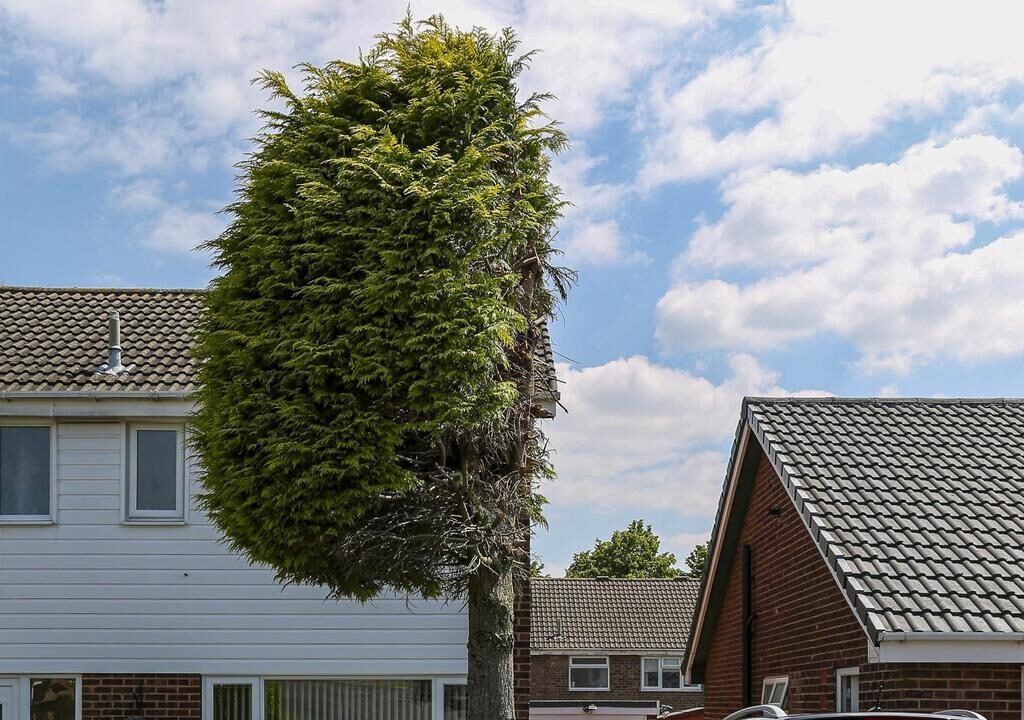
Before diving into solutions, it helps to understand why flowers and plants sometimes cross property lines:
- Natural Growth Patterns: Many plants naturally spread horizontally or send runners underground.
- Lack of Awareness: Neighbors may be unaware their plants are encroaching.
- Boundary Ambiguity: Unclear or unmarked property lines can lead to confusion.
- Desire for Shared Beauty: Sometimes neighbors intentionally allow plants to grow across borders for mutual enjoyment.
While some overlap may be harmless or even welcome, problems arise when encroaching plants cause damage, shade your garden, or take over space you want to use.
Step 1: Assess the Situation Carefully
The first step is to evaluate how much the flowers have crossed over and what impact they’re having:
- Are the flowers merely leaning over the fence or deeply rooted in your soil?
- Are they causing damage to your garden beds or crowding out your plants?
- Do they affect your enjoyment of your property, such as blocking sunlight or access?
- Are they invasive species with aggressive spreading tendencies?
Understanding the scope of the problem helps determine the right approach.
Step 2: Review Property Boundaries and Local Laws
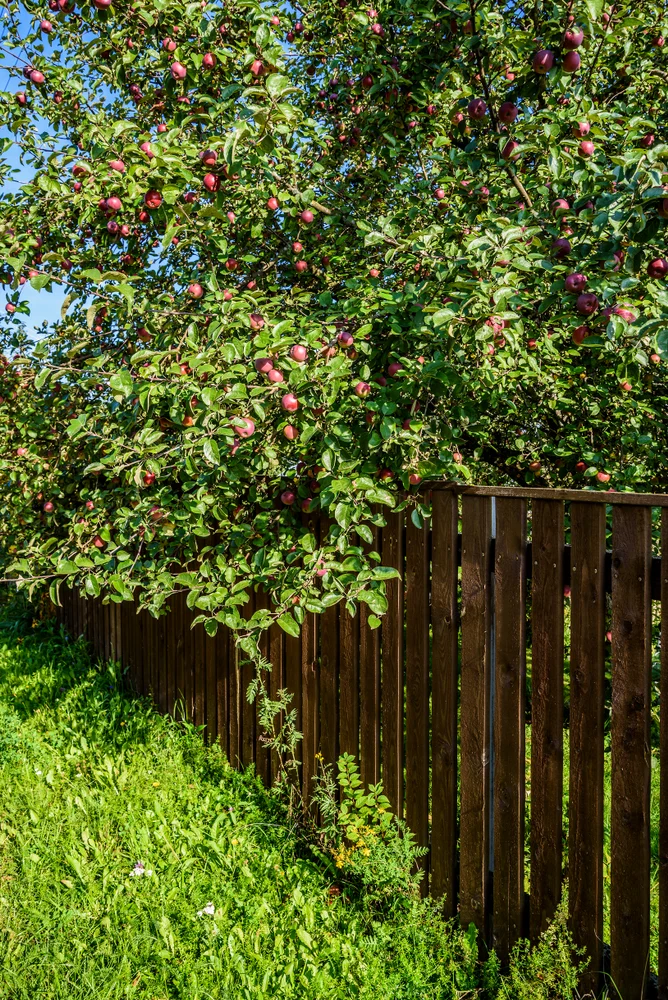
Knowing exactly where your property line lies is crucial before taking any action.
- Check your property deed, survey, or title documents for clear boundary details.
- Consult local municipal or county regulations on property and plant boundaries.
- Some jurisdictions have specific laws about plant encroachment, invasive species, or tree root rights.
- Consider whether your area has any Homeowners Association (HOA) rules affecting garden maintenance or boundaries.
Getting this information helps you understand your legal rights and limitations and ensures you act appropriately.
Step 3: Talk to Your Neighbor—Politely and Proactively
Most garden boundary issues can be resolved with open and respectful communication. If your neighbor isn’t aware their flowers have crossed over, a polite conversation can prevent misunderstandings and conflicts.
Tips for Talking to Your Neighbor:
- Choose a calm, friendly time to speak—avoid confrontations or raised voices.
- Use “I” statements: “I noticed some flowers from your garden growing into mine and wanted to see if we can figure out a way to manage it.”
- Express your concerns clearly but kindly, emphasizing your desire to maintain a good relationship.
- Suggest possible solutions or compromises, such as trimming the plants or installing a root barrier.
Step 4: Manage the Encroaching Flowers Yourself (Within Your Rights)
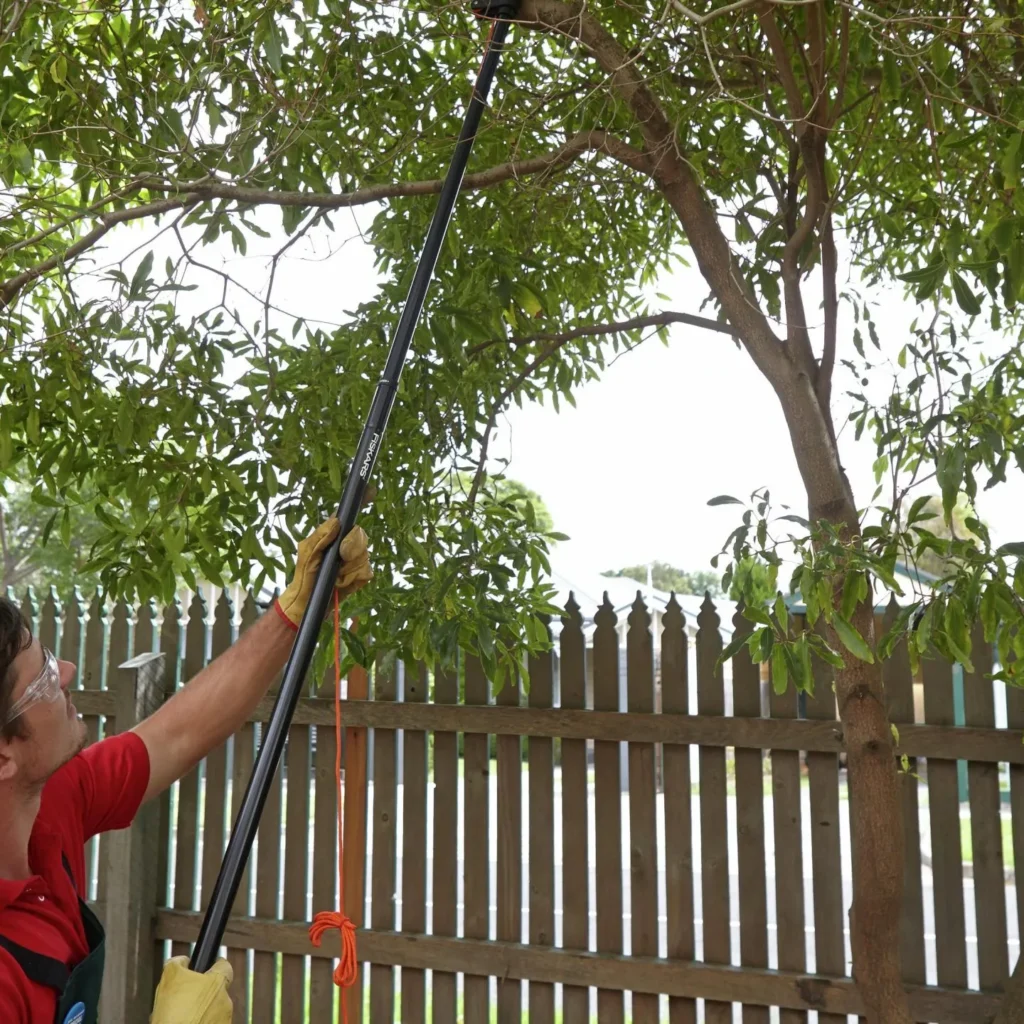
If the flowers cross onto your property but the roots remain on your neighbor’s side, many jurisdictions allow you to trim or remove the parts of plants that extend into your space—provided you do not trespass or damage the plant’s overall health.
Best Practices for Managing Encroaching Plants:
- Use clean, sharp garden tools to trim overhanging flowers or vines.
- Avoid cutting too close to the main stem to prevent harming the plant.
- Dispose of the clippings responsibly—consider returning them to your neighbor.
- If possible, avoid digging up roots on the neighbor’s side without permission.
Note that while trimming is generally permitted, removing whole plants or roots beyond your property line without consent is illegal and can lead to disputes.
Step 5: Consider Physical Barriers or Landscaping Solutions
If encroachment is a recurring issue, physical solutions may help prevent further boundary crossing.
- Install a Root Barrier: These underground plastic or metal barriers block roots from spreading.
- Erect a Fence or Trellis: A solid fence can prevent vines and sprawling flowers from reaching your property.
- Create a Garden Border: Plant dense hedges, shrubs, or edging plants along the property line to create a natural barrier.
- Use Raised Beds: This keeps your garden soil separated and reduces invasive root spread.
Before installing barriers, discuss plans with your neighbor to avoid surprise or offense.
Step 6: When to Seek Professional or Legal Help
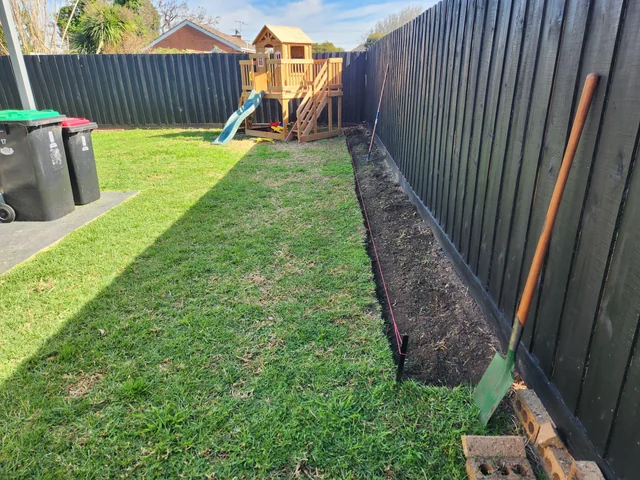
If polite conversation and self-management fail, or if encroachment causes significant damage or financial loss, it may be time to escalate the issue.
Options Include:
- Mediation: Neutral third parties can help resolve disputes amicably.
- Consulting a Professional Arborist or Gardener: They can assess plant health, recommend pruning or barriers, and provide expert advice.
- Legal Advice: A property lawyer can clarify your rights and guide you on legal remedies if necessary.
Legal action should be a last resort, pursued carefully to avoid damaging neighbor relations.
Tips for Maintaining Good Neighborly Relations Throughout
Maintaining respect and politeness throughout the process can make all the difference:
- Approach the issue early before it worsens.
- Avoid aggressive or confrontational language.
- Recognize that plants are living things, not just property issues.
- Share gardening tips or offer to help with trimming or maintenance.
- Stay patient—plants grow slowly, and solutions may take time.
Additional Considerations: Invasive Species and Environmental Responsibility
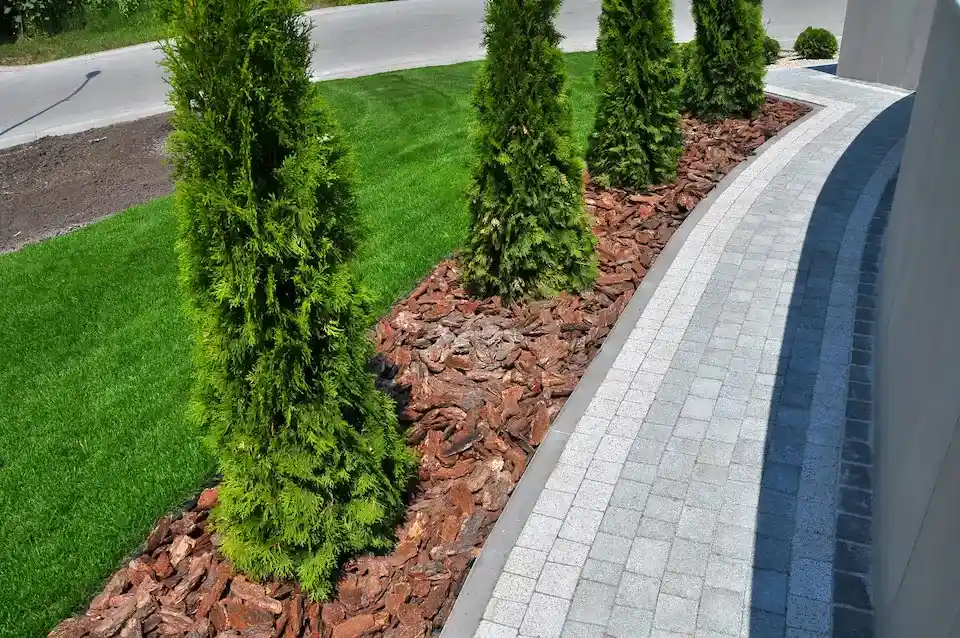
Sometimes flowers crossing boundaries involve invasive species that harm local ecosystems.
- If invasive plants are involved, both you and your neighbor have a shared responsibility to control them.
- Contact your local environmental agency for advice on managing invasive species.
- Collaborate with neighbors to remove or contain invasive plants for community benefit.
Conclusion: Balancing Garden Beauty with Boundaries
When your neighbor’s flowers cross the property line, it can be a delicate situation—one that blends property rights, garden aesthetics, and personal relationships. The key is to approach the problem calmly, informed, and politely.
By assessing the situation, knowing your boundaries and rights, communicating openly, managing plants carefully, and seeking help when needed, you can protect your garden and foster goodwill.
Remember: Your garden is a sanctuary, but so is your neighbor’s. With mutual respect and practical solutions, your flowering boundaries can remain beautiful—and peaceful—on both sides of the fence.
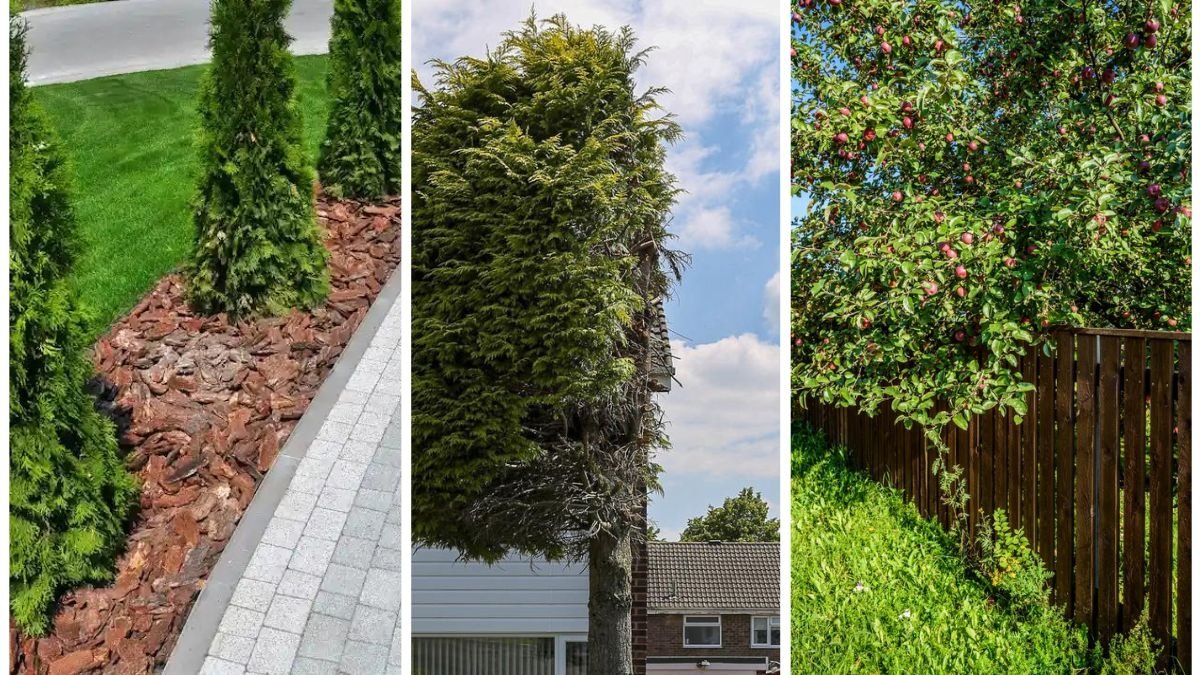
Leave A Comment